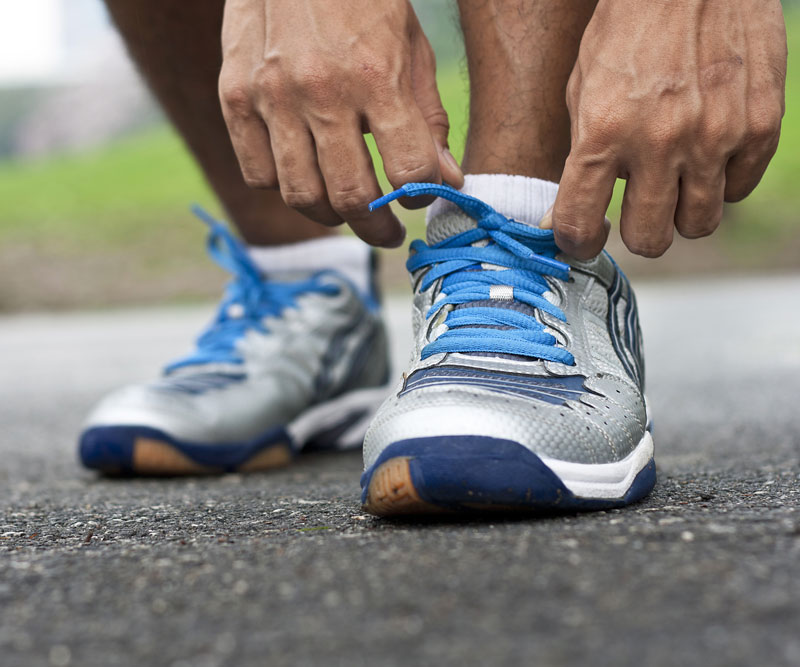
7 All-Star Tips for Preventing Basketball Injuries
Basketball was first introduced to the world in 1891, but today’s high-speed, physical sport scarcely resembles the original game.
With modern basketball’s fast-paced game comes many opportunities for injuries. It is estimated that more than 1.6 million injuries are associated with basketball each year.
Common basketball-related injuries include:
- Ankle sprains.
- Jammed fingers.
- Knee injuries.
- Deep-thigh bruising.
- Facial cuts.
- Foot fractures.
Stay off the bench and in the game this season with these seven tips:
- Have a pre-season physical examination and follow your doctor’s recommendations for basketball injury prevention.
- Hydrate adequately. Thirst is the first sign of dehydration. Waiting until you’re thirsty is often too late to hydrate properly.
- Avoid heat illness by paying attention to environmental recommendations, especially in relation to excessively hot and humid weather.
- Maintain proper fitness. Injury rates are higher in athletes who have not adequately prepared physically.
- After a period of inactivity, progress gradually back to full-contact basketball through activities such as aerobic conditioning, strength training and agility training.
- Talk with your coach and/or athletic trainer about an ACL-injury prevention program and incorporating the training principles into team warm-ups.
- If you’ve been injured, do not return to play until you have received clearance to do so from a health care professional.
And remember: More is not always better!
Many sports medicine specialists believe that it is beneficial to take at least one season off each year in order to sidestep overuse injuries.
Avoid the pressure that is now exerted on many young athletes to over-train. Listen to your body and decrease training time and intensity if pain or discomfort develops. This will reduce the risk of injury and help avoid “burnout.”
Published on: May 7, 2016




